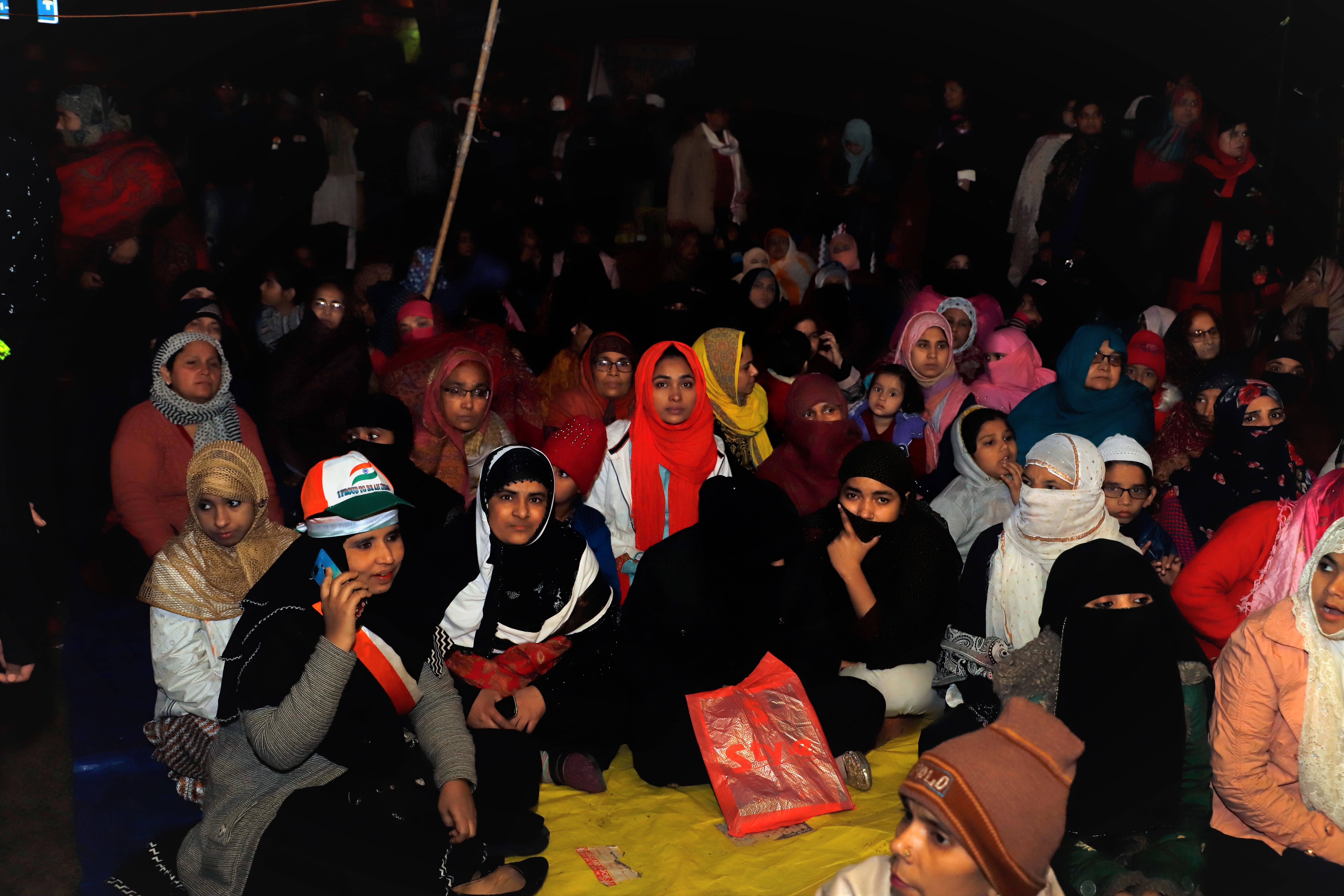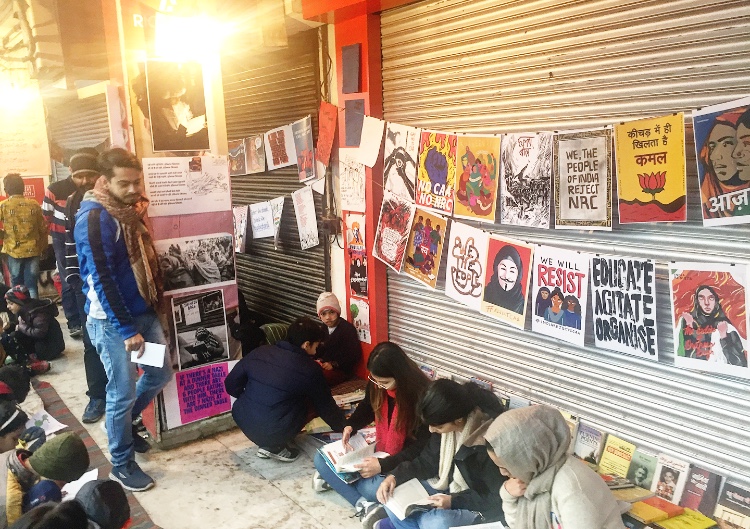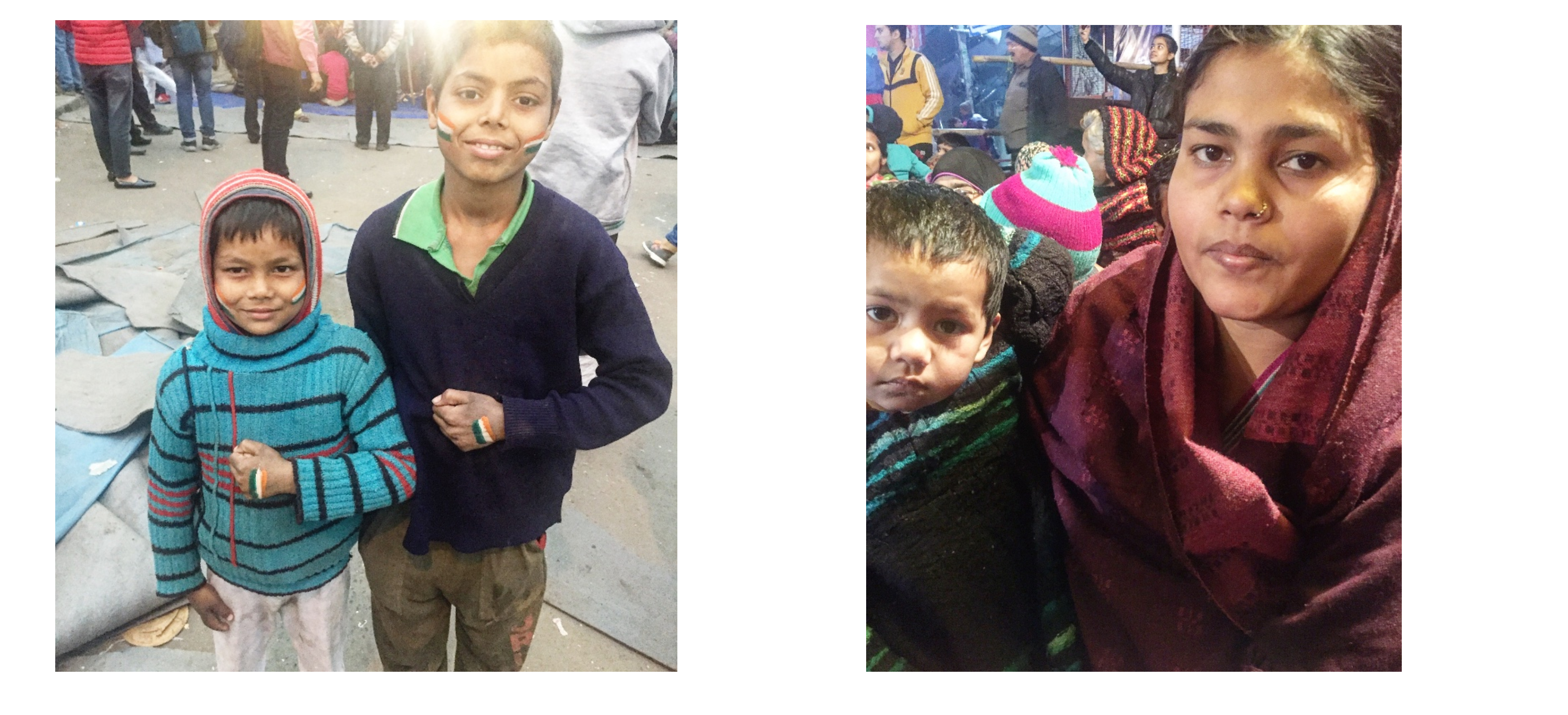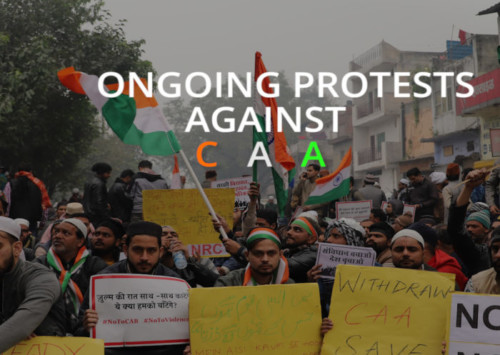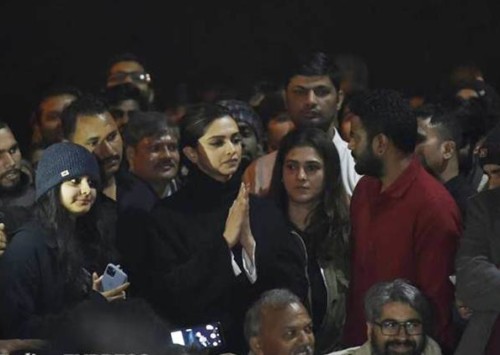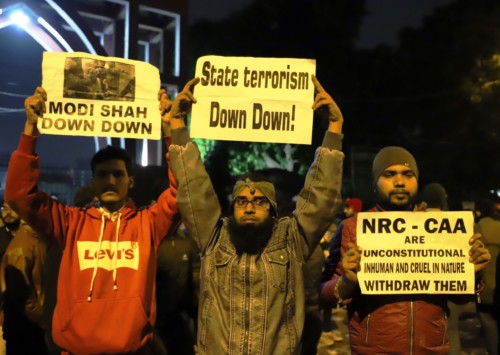The women warriors of Shaheen Bagh
For nearly two months now, hundreds of women, many of them grandmothers, have been leading a peaceful protest against the controversial Citizenship Amendment Act in a part of New Delhi that has become icon of the rebirth of peaceful resistance against an autocratic power, exactly as Mahatma Gandhi had led the agitation against the British colonial rulers.
Along a 2.5 kilometre long stretch of road that connects the Indian capital city to its suburb of Noida, lies an unparalleled sight in the Indian society. Past numerous police barricades and narrow, meandering lanes are people walking to and from an event that has broken the boundaries in more ways than one.
Amidst an almost opaque wall of men and under a flimsy blue and orange tarpaulin in Delhi’s Shaheen Bagh area, hundreds of Muslim women clad in hijabs and burqas sit cross legged, sloganeering, holding placards and reciting revolutionary classic poetry urging the government to take back its newly passed Citizenship Amendment Act (CAA). “An attempt at tampering the Indian Constitution has been made by the present government and we cannot let this take away our identity,” Noor Jehan, a 38-year-old housewife and one of the earliest participants of the protest tells Media India Group.
For the past six weeks, women as old 82 sit unmoved by Delhi’s chilling winters, rain or threats and continue to sing their songs of resistance. When asked about allegations by the ruling Bharatiya Janata Party that the women protesters were being paid INR 500-700 and Biryani for simply being a part of the protest, Zamaira, a 20 year old student says, “It is rather shameful and I am highly ashamed at the government after the BJP spokesperson’s baseless allegation about these poor women sitting day and night at Shaheen Bagh.”
These protesting women, mainly Muslim housewives who have rarely left their home or the neighbourhood, let alone participate in a public demonstration, have taken the bold stance against the CAA, which provides for expedited access to Indian citizenship to non-Muslim immigrants to India and has attracted sharp protests across the country. Not only are the protestors against the first law on religious discrimination adopted by the Parliament of independent India, but they are more worried about the application of the National Register of Citizenship (NRC), which could in effect render millions of Indians stateless only because they have been unable to provide documentary evidence. The pilot of NRC, implemented in Assam, not only created havoc in the lives of nearly 50 million residents of the north-eastern state, but also rendered close to 2 million of stateless, including decorated officials of the Indian Army.
The anti-CAA protests at Shaheen Bagh and other parts of the country, are against this prospect of hundreds of millions of Indians being declared illegal immigrants in their own country. “We are compelled to protest, if we fail to prove our citizenship, we would either be put into a detention centre or banished from the country. So it’s better to fight now, before it’s too late,” says a protester at Shaheen Bagh, who did not wish to be named.
The young ones
While the mothers fearlessly promise to continue protesting until the withdrawal of CAA, many of their children also accompany them and have found their own little space to engage themselves in a manner of political dissent. Close to the protest circle, stairways leading to some closed shops have been transformed into a public library and an art centre by student volunteers from Jamia along with the young children of Shaheen Bagh.
“After the brutal police intervention in Jamia Milia Islamia, primarily the attack on the university library, students pledged to create public reading spaces as the cause of dissent and to show that if you attack our education, we will fight back with education,” Shahbaz Rizwi a poet and volunteer at the Read for Revolution corner tells Media India Group.
With the shops’ shutters adorned with posters of resistance, the children sit on thinly spread mats and are taught about literature, values and poetry by university students and volunteers. The children have also made about 300 posters in support of the Shaheen Bagh protest.
Shayahin, a 38-year-old mother, whose husband joins her in the protest after pulling a rickshaw for the whole day, tells Media India Group, “We have always been poor, we have no papers, we come to protest everyday and, here my 10-year-old son learns things that he will put to use.”
No end in sight
With the template of protest at Shaheen Bagh now being used by women across the nation, notably at Allahabad in Uttar Pradesh, Gaya in Bihar and Kolkata in West Bengal where mostly women have been voicing their resistance against the ‘kaala kaanoon’ (black law), the Shaheen Bagh women’s movement grows stronger with each passing day.
An infuriated 32 year old, Nagma Parveen sits with her 2-year-old baby and says, “Even if the protest demands us to be sacrificed along with our children, we will let that happen but we won’t move from here until the government takes this law back.”
The courage, determination and the manner of dissent of the women of Shaheen Bagh has made news around the world and their determination to continue the protest in face of violence and threats will continue to inspire a sense of strength and solidarity as a backbone to numerous other movements yet to be born.

